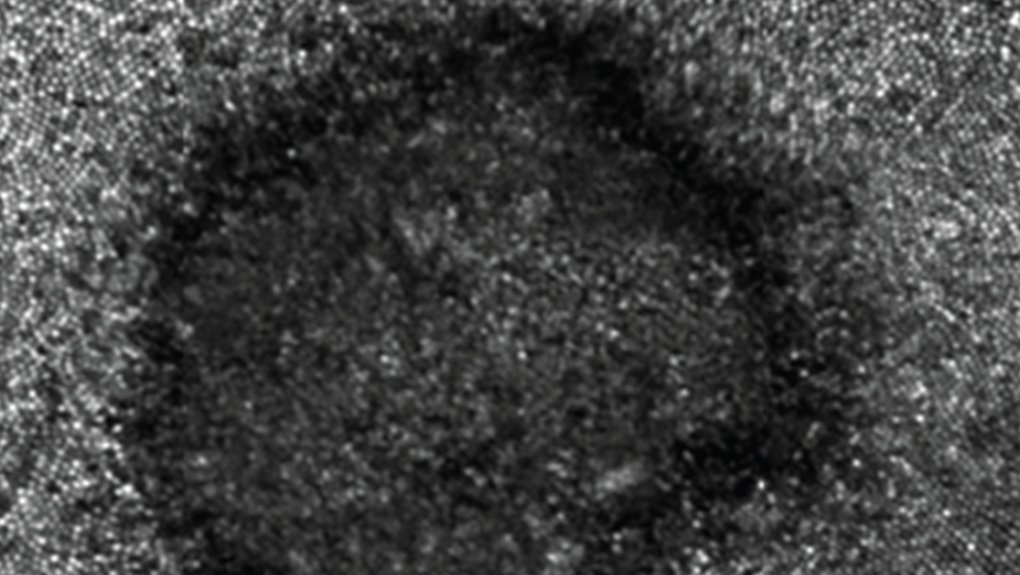Almost a month after the total solar eclipse, at least 160 people in Canada have reported damage to their eyes.
People were told not to look at the sun before the eclipse on April 8 because it can be harmful to the eyes.
“Many people find it interesting and can’t help but look, which is a problem,” said Dr. Mark Eltis, the president of the College of Optometrists of Ontario, in an interview with the media. “Some of the glasses that were supposed to be safe might not be made well. ”
The sun’s rays are not any stronger during the eclipse than they normally are. Normally, people find the sun too bright to look at. But some people may have stared at the sun directly to see the eclipse. During the eclipse, it gets darker so the eye opens up more.
“So when you look at the sun, you’re not only exposing your eyes to its harmful rays, but also not protecting them from damage,” Eltis explained.
In Ontario, most places only saw part of the eclipse because they were not in the full path of the eclipse. This could be a reason why they didn’t see the whole thing. The only safe time to look at the sun without eye protection is when the moon completely blocks it, called 100 per cent totality.
This means that more people would have the sun shining directly on them if they didn’t wear the right glasses or viewers during the partial eclipse.
The cities where the total eclipse was visible mostly had cloudy skies. Wearing special glasses for the eclipse probably helped prevent eye problems, according to the Ontario Association of Optometrists (OAO).
As of April 26, the OAO reported that 118 people have had eye problems after watching the April 8 eclipse. The issues were swelling of the clear layer in front of the eye, eyes not producing enough tears, and damage to the retina from staring at the sun.
Inflammation of the cornea usually gets better within a few days, but looking at the sun can cause permanent vision loss in some cases, according to an OAO spokesperson.
“The seriousness of the cases depends on which part of the eye is damaged and how long the person looked at the sun,” the OAO told the media recently.
In Quebec, there were 45 reported cases of eye injuries that may be connected to the eclipse by April 29th. The government said eye doctors in the province found cases of eye infections from sun exposure.
“It’s important to remember that there might be more cases than we realize. ” The information that optometry clinics collect is not always reported right away because people don’t always go to these clinics when they have eye problems, said Marie-Pierre Blier, a spokesperson for Quebec’s health and social services ministry, in an email to CTV News.
New Brunswick didn’t have any reports of eye damage. The province had a very nice total eclipse on April 8 with lots of sunshine before and after the main part of the eclipse, and clear blue skies all day instead of clouds like in the west. In Nova Scotia, there were no reports of eye damage.
“I wanted to make sure that people weren’t afraid of this event and didn’t miss out on it. It’s a once-in-a-lifetime event that won’t happen again for 55 years in New Brunswick,” said Dr. Alexis Keeling, president of the New Brunswick Association of Optometrists, in an interview with the media. We wanted to make sure everyone in the province had the education and knowledge they needed to be safe.

